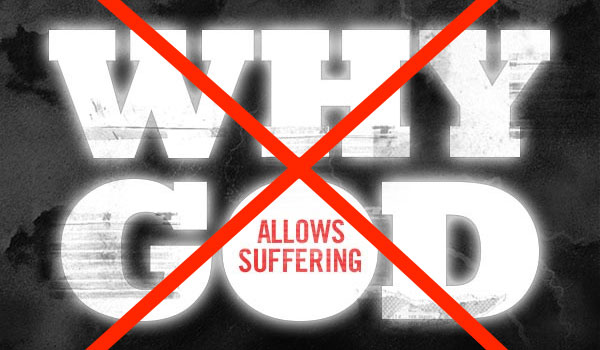The undisturbed surface of the communion wine forms concentric circles when hit by a single tear. The symbol for the blood of Jesus Christ himself—blood that was given in an act of radical love for the everlasting unity between us and God—trembles with shock on this Sunday morning. It wasn’t the only tear.
Making sense of the senseless
We are at a Metropolitan Community Church, a congregation with a specific outreach to the LGBT community. Most people in the room identify as gay, lesbian, bisexual, or transgender.
The younger ones in the church, those who believed that winning the right to marry ended a decade-old gay civil rights movement, are shocked into helpless rage and sickening grief. Their tears flow bitterly and with the sudden fear of a child who understands for the first time that they are not loved by everyone.
Then, there are the older congregants who have been through so much more than the young ones can imagine. Seasoned warriors who have been thrown into jail for dancing with someone of the same sex. Who, during the AIDS crisis, had to take care of the bodies of their dear friends themselves because even hospitals would turn them away. They shed tears, too.
These tears, however, are strangely different. There is a certain resignation in them, almost a routine. Witnessing another vicious crime against their siblings opens old wounds, triggers old memories, and reminds them what being victimized feels like. It is a familiar feeling to all of them.









